Technological Advancements
Technological advancements play a pivotal role in shaping the Shrink Wrapping Machine Market. Innovations in machine design, automation, and control systems have led to enhanced efficiency and productivity in packaging processes. Modern shrink wrapping machines are equipped with advanced features such as programmable logic controllers (PLCs) and user-friendly interfaces, which streamline operations and reduce downtime. Furthermore, the integration of smart technologies, such as IoT and machine learning, allows for real-time monitoring and predictive maintenance, thereby optimizing performance. As manufacturers increasingly prioritize automation to reduce labor costs and improve output, the demand for technologically advanced shrink wrapping machines is expected to rise. This trend indicates a shift towards more sophisticated packaging solutions within the Shrink Wrapping Machine Market, ultimately benefiting businesses seeking to enhance their operational capabilities.
Rising Demand in E-commerce
The Shrink Wrapping Machine Market is experiencing a notable surge in demand, primarily driven by the rapid expansion of e-commerce. As online shopping continues to gain traction, the need for efficient packaging solutions has become paramount. Shrink wrapping machines offer a reliable method for securing products, ensuring they arrive at consumers' doorsteps in pristine condition. According to recent data, the e-commerce sector has seen a growth rate of approximately 20% annually, which directly correlates with the increased adoption of shrink wrapping technologies. This trend suggests that businesses are increasingly investing in automated packaging solutions to enhance their operational efficiency and meet consumer expectations. Consequently, the Shrink Wrapping Machine Market is poised for substantial growth as companies seek to optimize their packaging processes to cater to the evolving demands of the digital marketplace.
Food and Beverage Sector Growth
The Shrink Wrapping Machine Market is significantly influenced by the growth of the food and beverage sector. As consumer preferences shift towards convenience and ready-to-eat products, manufacturers are increasingly utilizing shrink wrapping machines to package their offerings. This method not only preserves product freshness but also extends shelf life, which is crucial in a competitive market. Recent statistics indicate that the food and beverage industry is projected to grow at a compound annual growth rate (CAGR) of around 5% over the next few years. This growth is likely to drive the demand for shrink wrapping machines, as companies seek efficient and cost-effective packaging solutions to meet consumer needs. The ability of shrink wrapping technology to provide tamper-proof seals and enhance product visibility further solidifies its position within the Shrink Wrapping Machine Market.
Increased Investment in Automation
The Shrink Wrapping Machine Market is benefiting from increased investment in automation across various sectors. As businesses strive to enhance productivity and reduce operational costs, the adoption of automated packaging solutions has become a strategic priority. Shrink wrapping machines, known for their efficiency and reliability, are increasingly being integrated into production lines to streamline packaging processes. Data suggests that the automation market is projected to grow at a CAGR of approximately 10% in the coming years, indicating a robust demand for automated solutions. This trend is particularly evident in industries such as pharmaceuticals and consumer goods, where packaging plays a critical role in product safety and compliance. As companies recognize the advantages of automation, the Shrink Wrapping Machine Market is expected to experience significant growth, driven by the need for efficient and cost-effective packaging solutions.
Sustainability and Eco-friendly Packaging
The Shrink Wrapping Machine Market is witnessing a growing emphasis on sustainability and eco-friendly packaging solutions. As environmental concerns become more pronounced, consumers and businesses alike are seeking packaging options that minimize ecological impact. Shrink wrapping machines are evolving to accommodate biodegradable and recyclable materials, aligning with the global push for sustainable practices. Recent surveys indicate that a significant percentage of consumers are willing to pay a premium for products packaged in environmentally friendly materials. This shift in consumer behavior is prompting manufacturers to invest in sustainable shrink wrapping technologies, thereby driving growth in the market. The ability of shrink wrapping machines to utilize less material while maintaining product integrity further enhances their appeal in the context of sustainability. Consequently, the Shrink Wrapping Machine Market is likely to expand as companies adapt to these changing consumer preferences.


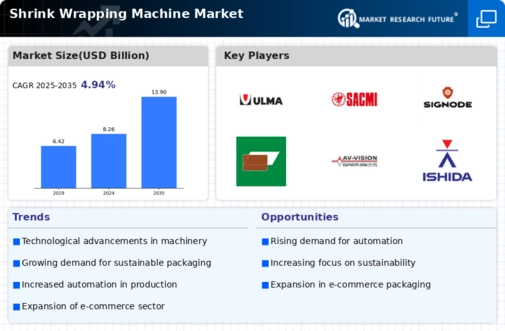
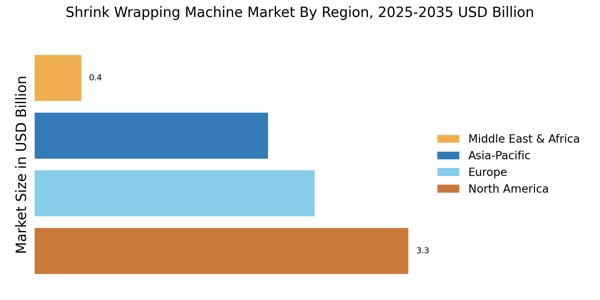
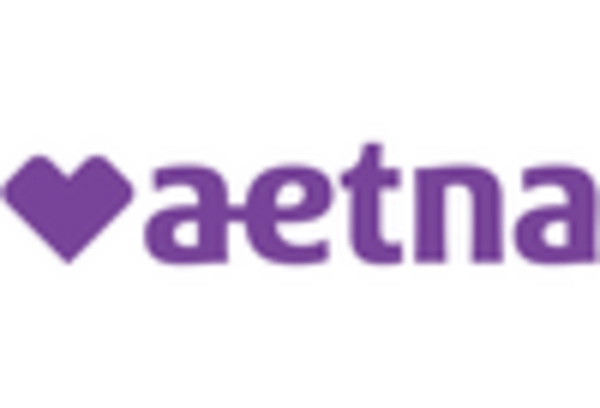
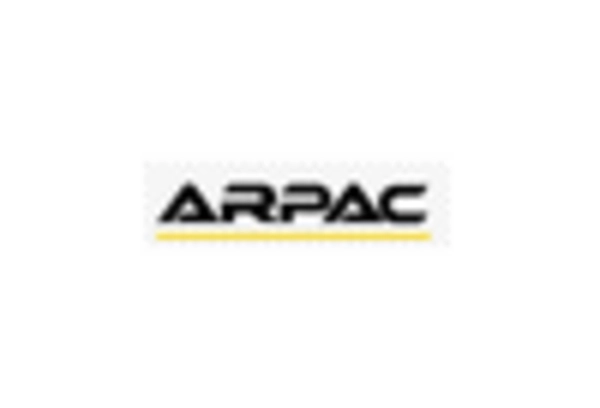
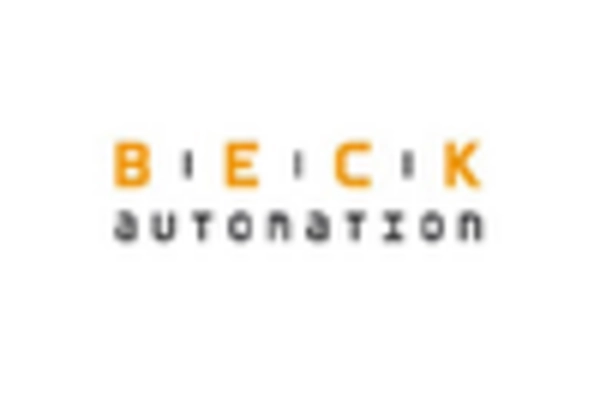
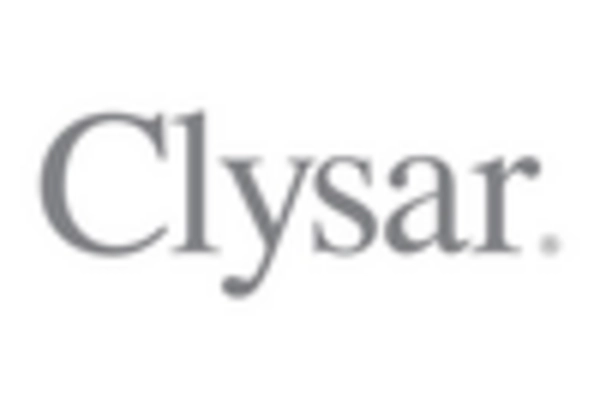
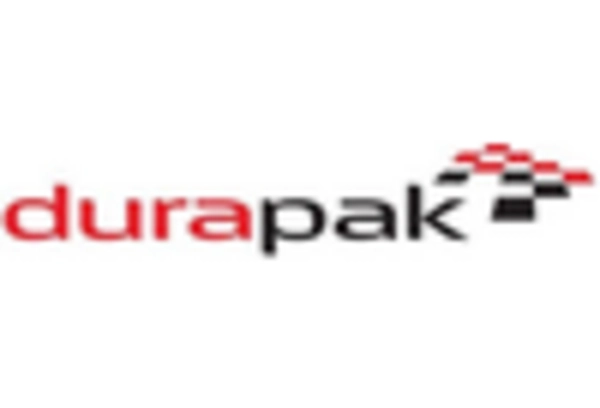
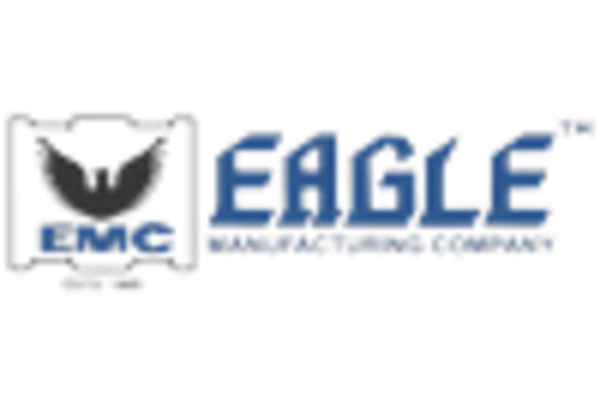








Leave a Comment